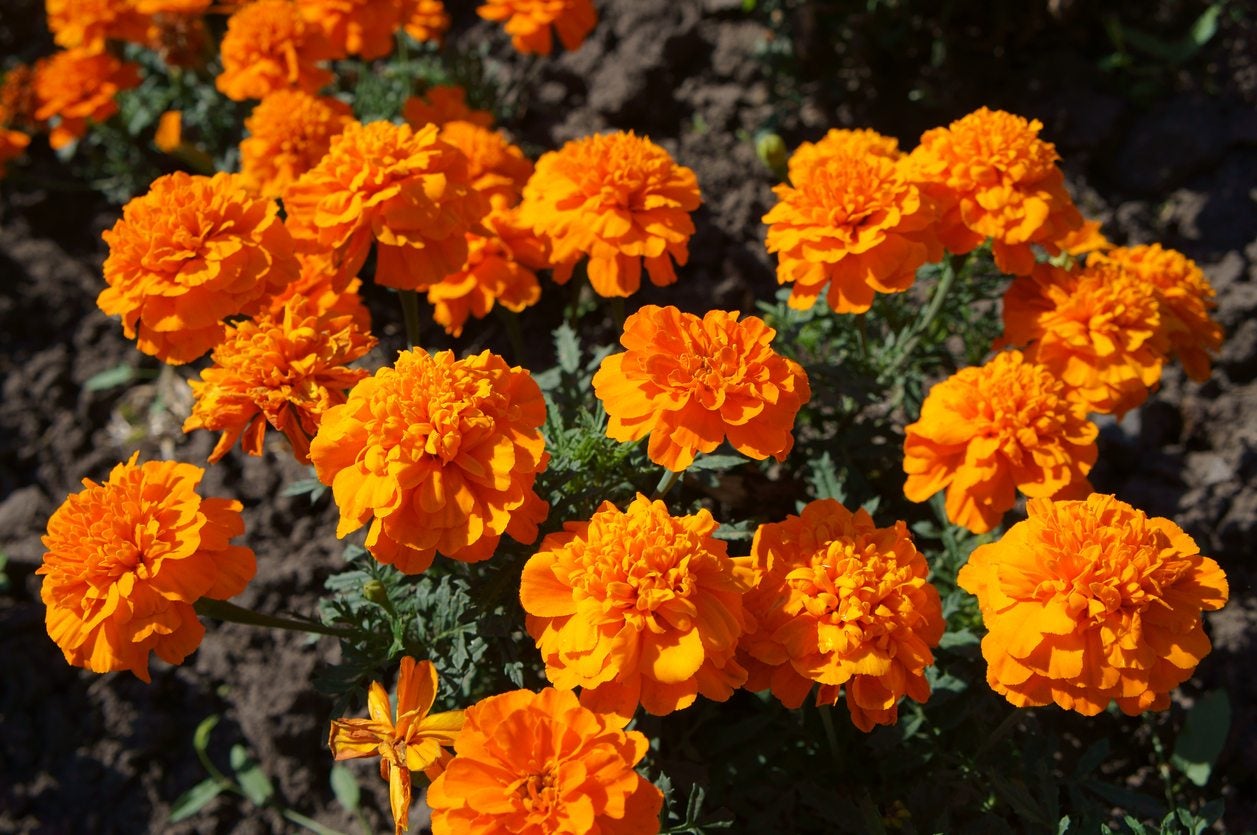Plants For Nematode Control: Are There Any Plants That Repel Nematodes

Many gardeners have had trouble with nematodes attacking their plants. Maybe you’ve tried to grow carrots, but they came out knobby and twisted. Or maybe your potatoes were covered in warts and galls. If so, your garden may have a nematode problem. Read on to learn more about controlling nematodes with plants.
Using Plants for Nematode Control
Nematodes are tiny, round worms that commonly live in soil, and many of them attack garden plants. These pests can damage the roots of numerous edible and ornamental plants, so many gardeners have looked for ways to control them. If you are one of those gardeners, you may have wondered: are there any plants that repel nematodes? Some nematodes can be controlled using nematode-killing pesticides (nematicides), but these can be toxic, and most are unavailable to home gardeners. Crop rotation can also reduce nematode infestations, but it is time consuming. Fortunately, scientists have identified a list of nematode-repellent plants that can help combat these earth-dwelling pests. These include:
- Painted Daisy – kills nematodes when used as a green manure
- French Marigold – kills nematodes when used as a green manure
- Dahlia – repels nematodes
- Castor Bean – kills nematodes when used as a green manure
- Partridge Pea – reduces populations of peanut root-knot nematode
- Rapeseed – certain varieties kill nematodes when used as a green manure
- Showy Crotalaria – kills nematodes when used as a green manure
- Velvet Bean – may repel several types of nematodes
Controlling nematodes with plants is an effective, natural method and is definitely worth a try.
How to Use Nematode Repellent Plants
Of the list above, two of the best plants for nematode control are the painted daisy and French marigold. Both of these are not just nematode-repellent plants, but they actually kill nematodes more efficiently.
- Painted daisy (Chrysanthemum coccineum) is useful for warding off nematode problems because it produces a botanical toxin that kills root nematodes.
- French marigold (Tagetes patula) produces a natural chemical that kills several types of nematodes, including the root-knot nematodes that attack carrots and many other vegetable plants.
Scientists have found that Tangerine, a dwarf French marigold variety, is especially effective at combating nematodes in garden soil. The following varieties of French marigold are also effective:
- Bolero
- Bonita Mixed
- Goldie
- Gypsy Sunshine
- Petite
- Petite Harmony
- Petite Gold
- Scarlet Sophie
- Single Gold
If you have a nematode infestation, remove as many plant roots as possible when you clean up your garden in the fall. In winter and early spring, till and solarize the soil to reduce nematode populations. In spring, plant one of the recommended varieties of French marigold (or another of the plants that repel nematodes) in solid patches or strips in the garden. Space the plants at 7 inches (18 cm.) apart. Let them grow for at least two months, then till the plants into the soil. Be sure to till the plants in or remove the flower heads of marigolds before they go to seed. Otherwise, they could become a weed in next year’s garden. To prevent nematodes from returning to the garden, keep the soil free of weeds until the next spring.
Gardening tips, videos, info and more delivered right to your inbox!
Sign up for the Gardening Know How newsletter today and receive a free copy of our e-book "How to Grow Delicious Tomatoes".
-
 Looking For Plants To Give You The Soft And Fuzzies? Try These 5 Fuzzy Leaf Plant Options
Looking For Plants To Give You The Soft And Fuzzies? Try These 5 Fuzzy Leaf Plant OptionsLovers of texture, drama, silver foliage and tactile plants will adore these special sensory garden additions. These fuzzy leaf plant options will leave you all aglow
By Susan Albert
-
 Get Ready For A Summer Of Hummers! Grow These Full Sun Hummingbird Plants and Flowers
Get Ready For A Summer Of Hummers! Grow These Full Sun Hummingbird Plants and FlowersIf you’re lucky enough to enjoy a sunny backyard, make sure you are maxing out on your pollinator opportunities and grow these full sun hummingbird plants and flowers
By Tonya Barnett